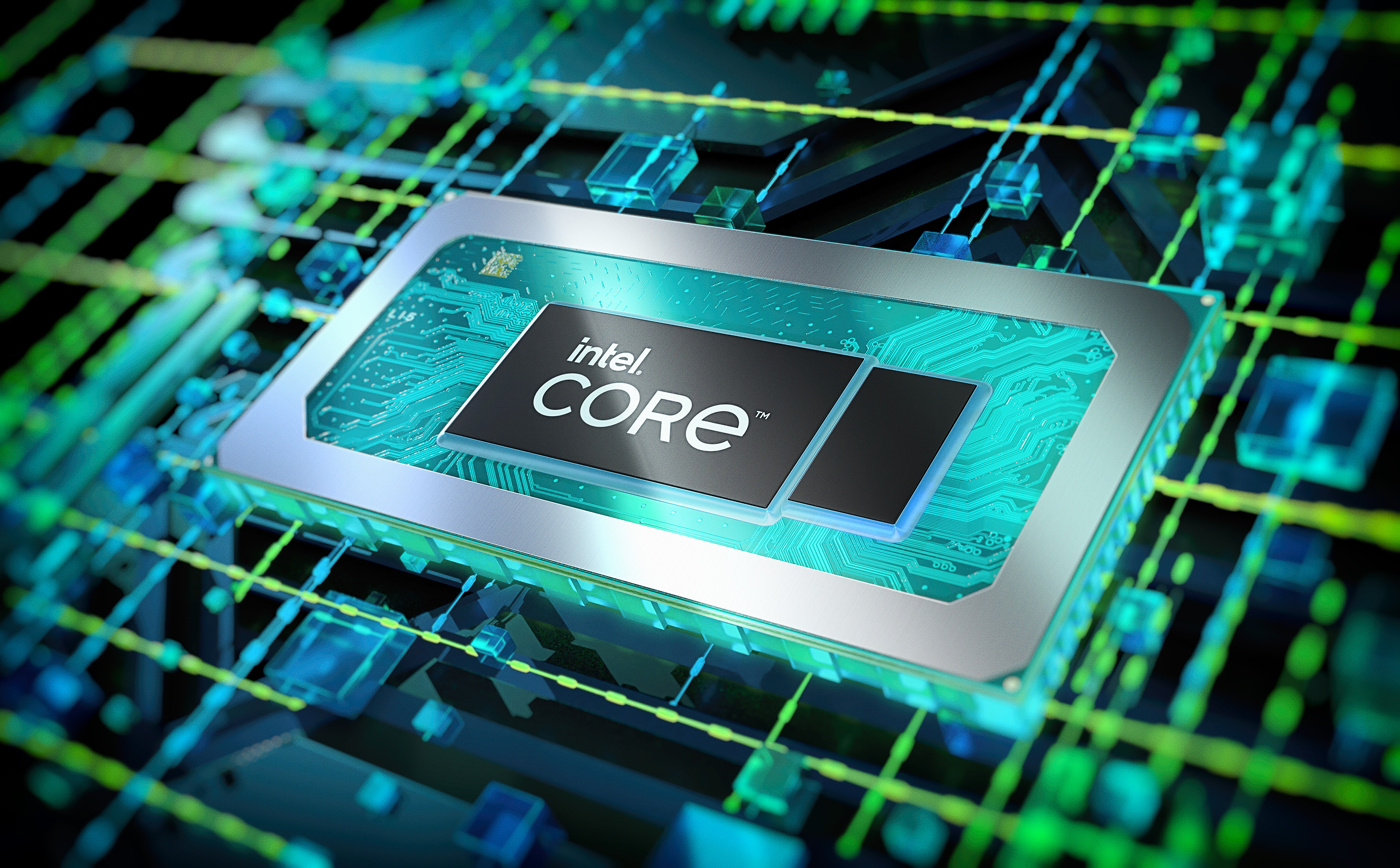Intel's laptop version of its Nova Lake processors will use Panther Lake-HX BGA2540 packaging — will smooth over transition for notebook makers moving to the next generation

Intel's codenamed Nova Lake-HX processors for high-performance notebooks will use the same packaging as the upcoming codenamed Panther Lake HX CPUs for high-end laptops, according to info surfaced by X86 dead&back. This will greatly simplify the transition from one platform to another for PC makers.
Based on multiple cargo descriptions in the NBD database, Intel is shipping various test tools for Nova Lake-HX (NVL-HX) processors, intended for high-performance notebooks, to India. Among the details revealed by the shipments declaration is the 2540-ball BGA packaging (BGA2540), the same packaging used by the Panther Lake-HX CPUs for high-end laptops. The use of this packaging will greatly simplify the transition to the new platform for notebook makers, as they will be able to leverage their existing motherboards for the new CPU, provided that GPU developers maintain the same packaging for their products.
According to NBD data, Intel is shipping a broad range of BGA2540 test tools, including a voltage regulator test tool that is used to electrically connect and test power delivery for BGA-packaged Nova Lake CPUs. Additionally, the company is shipping TA short channel add-in cards used to test various interfaces, such as USB4 and Thunderbolt.
One of the interesting aspects of the test units is that they also include references to a 48V power supply. Assuming that this is indeed a Nova Lake HX (it is called NVL HX, not NVL-HX, so it could be a different thing), we are indeed dealing with a 48V Nova Lake-based platform, which is certainly not a consumer notebook.
The presence of 48V power delivery components on what is presumed to be an Intel Nova Lake-HX test board — which is specifically labeled as a '48V EPP PD AIC' — indicates that the platform could be for something other than laptops, which typically operate on 19V-20V input. Instead, this test hardware could be designed for compact, high-performance systems such as Intel NUC Extreme, all-in-one desktop PCs, or embedded edge computing devices, where 48V designs are increasingly used to support higher-performance CPUs and GPUs in constrained form factors.
Intel often repurposes its HX-class mobile processors for small form-factor desktops and workstation-grade machines, such as HP's Z2. These systems benefit from a 48V input because it allows for more efficient power conversion and a cleaner internal design, especially as demands for performance increase.
Intel's upcoming Core Ultra 9 'Nova Lake-S' desktop processors are expected to be quite beastly as they feature up to 52 cores —16 high-performance Coyote Cove cores and 36 Arctic Wolf efficiency cores — and support DDR5-8000 memory along with 32 PCIe 5.0 lanes, making them highly capable for both gaming and workstation workloads. The platform features 24 CPU PCIe 5.0 lanes (16 for GPUs, 8 for SSDs) and additional chipset lanes (8 PCIe 5.0, 16 PCIe 4.0). It will debut with a new LGA1954 socket, necessitating a full platform upgrade. It remains to be seen what the Nova Lake-HX is set to offer.
Get Tom's Hardware's best news and in-depth reviews, straight to your inbox.
Follow Tom's Hardware on Google News to get our up-to-date news, analysis, and reviews in your feeds. Make sure to click the Follow button.

Anton Shilov is a contributing writer at Tom’s Hardware. Over the past couple of decades, he has covered everything from CPUs and GPUs to supercomputers and from modern process technologies and latest fab tools to high-tech industry trends.
-
edzieba If we can move from the stopgap of ATX12VO to full 48V power distribution (as is already commonplace for server parts) on the desktop and for laptops, that would be outstanding news. Effectively quadrupling the power capacity for the same gauge wiring or PCB traces, or quartering the current required for the same power draw. The power-hungry devices in any given system - that is, the CPU and GPU - already have their own power supplies to step down 12V to the ~1v required, so changing to a 48v to 1v stepdown is not a dramatic change, can draw designs from existing production hardware, and is slightly more efficient (lower VRM power loss).Reply
Though more boringly, "48V EPP PD AIC" probably just means a minor typo and it supports drawing and/or supplying 48V under the USB-PD EPR standard. -
abufrejoval Reply
48V for laptops? You must be thinking about the 'luggable' category, because transforming battery voltages to 48V to then transform again in the various stages to reach the ~1V range these chips seem to consume, sound like a bad idea to me.edzieba said:If we can move from the stopgap of ATX12VO to full 48V power distribution (as is already commonplace for server parts) on the desktop and for laptops, that would be outstanding news. Effectively quadrupling the power capacity for the same gauge wiring or PCB traces, or quartering the current required for the same power draw. The power-hungry devices in any given system - that is, the CPU and GPU - already have their own power supplies to step down 12V to the ~1v required, so changing to a 48v to 1v stepdown is not a dramatic change, can draw designs from existing production hardware, and is slightly more efficient (lower VRM power loss).
On the desktop? Again, it's funny you even mention that in the context of a CPU topic. Because, unless you're again talking say about a ~100 core workstation, the only power consumer worth debating is the GPU.
But for me the PC desktop is about the ability to transform it constantly, change, upgrade or rebuild from parts you largely already have it as the use cases change.
And in that context backard compatibility still rules, while max efficiency is for what I'd call appliances, even if they are built on PC parts. And that includes most laptops today, as the ability to re-configure/re-build those is largely gone.
So no, I'd say, please don't give them the wrong ideas. Those new Nvidia power connectors are bad enough already. Let them tinker with consoles or handhelds, although I think 4.8V would be more appreciated there. -
Amdlova Will be great if they are powered direct from the wall... A world without power supply...Reply
I'am joking :) -
edzieba Reply
That already occurs from the 12V norm of ATX, and from the 19V norm for laptop chargers (which often means 19v > 12V > ~1V in some cases).abufrejoval said:48V for laptops? You must be thinking about the 'luggable' category, because transforming battery voltages to 48V to then transform again in the various stages to reach the ~1V range these chips seem to consume, sound like a bad idea to me.
On the desktop? Again, it's funny you even mention that in the context of a CPU topic. Because, unless you're again talking say about a ~100 core workstation, the only power consumer worth debating is the GPU.
Converting from a higher voltage is more efficient using standard switch-mode voltage conversion, not les.
So no, I'd say, please don't give them the wrong ideas. Those new Nvidia power connectors are bad enough already. Let them tinker with consoles or handhelds, although I think 4.8V would be more appreciated there.
Moving to lower voltage distribution would be a catastrophically poor choice for efficiency and for cost. It would mean greater conversion losses, require much greater masses of copper due to the higher currents for the same power, and more heating from resistive losses. 3.3v and 5v supplies were effectively abandoned within the ATX standard (remaining as a few mA for support and standby components) for good reason. -
Notton It took some 4 years, but we now have a 240W USB-C PD3.1 charger and laptop to go with it.Reply
The only 240W PD3.1 charger.
Sadly, they don't have the Framework 16 to test out 240W with it.
https://www.chargerlab.com/35391-2/
The only laptop capable of 240W PD3.1 input.
https://frame.work/products/laptop16-diy-amd-7040
But if the conversion efficiency is 94~95%, then it's roughly 12~16W wasted heat output at 240W.
